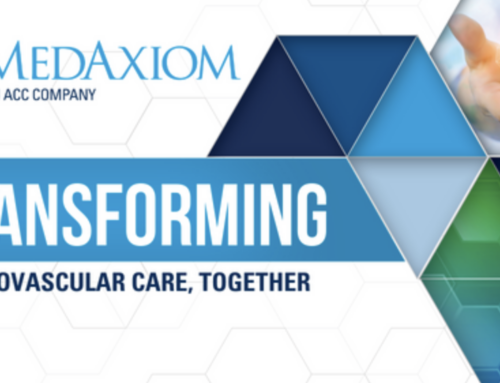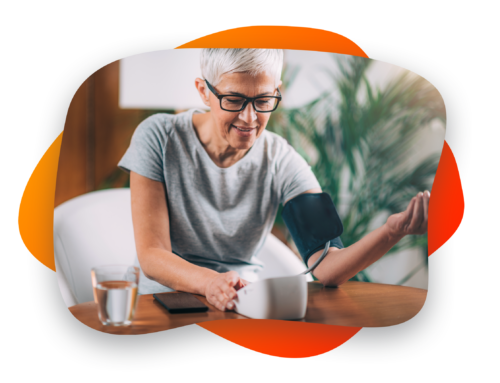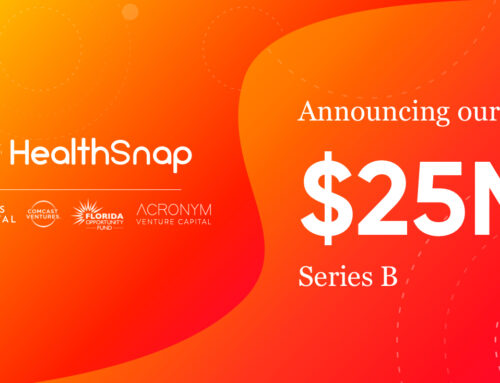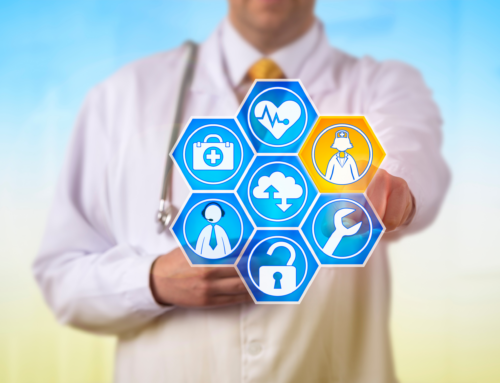Before an innovative new medical product can come to the market, patients and consumers need to have confidence that the new technology is effective and will not cause further harm. For those reasons, randomized control trials (RCTs) have always been the gold standard for validating the safety and effectiveness of new medical technology, from surgical procedures and pharmaceuticals to analytic tools and medical devices. Through rigorous studies designed to eliminate bias and confounding, a successful RCT can determine with exact statistical significance that the intervention being tested is safe and effective for use on patients (or that the intervention is unsafe and should not be brought to market)
There are drawbacks to RCTs, though. Before a trial can begin, investigators must go through a rigorous ethics approval and registration process where the study design is audited for bias and to ensure that study participants are not being exposed to undue risk (and that they are aware of any risks from participating in the study). Once the study has received preliminary approval, investigators can begin recruiting patients based on their study methodology and, eventually, begin data collection.
These steps required to implement a RCT are critical to preserving the integrity of the final results, but they are also enormously expensive and time-consuming. At a time when digital and mobile health tools are rapidly entering the sector, a RCT isn’t always practical given the lean model that many digital health startups practice. Instead, many stakeholders including the National Institute for Health (NIH) and the US Food and Drug Administration (FDA) are beginning to consider the use of real-world evidence as a possible solution to the logistical challenges of traditional RCTs.
Defining Real-World Evidence
Simply put, real-world evidence is a broad category of data that can be collected from a variety of sources, including electronic health records, insurance and billing databases, disease registries, remote or patient-generated data and other sources. Unlike RCTs that collect new data for the specific purpose of testing a hypothesis (usually related to a new product or technology), real-world evidence often relies on data collected for other reasons and used in a secondary analysis to answer a research question.
The advantages to this type of analysis are clear—eliminating the reliance on primary data collection saves money and eliminates many (but not all) of the registration and approval steps, allowing for a much quicker progression from study design to analysis and results. It also allows for more flexibility so that investigators can modify their original hypothesis or add additional lines of inquiry without having to restart the process. In general, studies that rely on real-world evidence take advantage of the fact that it’s much easier to gain access to real-world data than it is to undertake primary data collection.

Disadvantages of Real World Evidence
There are obvious drawbacks to designing a study around real-world data instead of relying on traditional data collection as part of a RCT. Most importantly, using a pre-existing secondary data source like electronic health records or a disease registry might be logistically easier than collecting data specifically for the study, but it also introduces a level of potential bias that can’t be addressed after the data has already been collected. Additionally, real-world evidence might not include contextual data that is central to limiting or adjusting for confounders that might affect final results.
From a technical perspective, real-world data can take more time to clean, standardize and merge than newly collected primary data. The old joke—once you’ve seen one electronic medical record system, you’ve seen… one electronic medical record system—seems appropriate here in that even the same type of medical data can look drastically different depending on the software vendor (and even different versions from the same vendor). Taking and combining these disparate sources of data can lead to exciting and insightful findings, but it also poses data integrity challenges that wouldn’t likely come up in a methodically designed RCT.
Innovation and Real World Evidence
As cutting-edge technology becomes more and more central within the health sector, the real-world evidence looks to play an increasingly important role in validating the new medical technology. Much of this technology, particularly consumer-facing apps and wearables, will benefit from the more patient-centric data model that real world-evidence provides. This new paradigm will also help regulators keep up with the increasingly short product cycles that we’re beginning to see as medical technology companies begins to look more and more like the consumer technology companies that have begun to enter the space.
Real world evidence will never completely take the place of a rigorously designed RCT, but there are huge opportunities to utilize this data in ways that will allow greater access to the market for newer and smaller companies while also speeding up the regulatory process for innovative and life-saving technology.
Help your patients understand how their lifestyle impacts their health by encouraging them to use our data-driven lifestyle management platform. With HealthSnap, you can easily view, understand and track your patient’s lifestyle health in a tangible report and make data-driven care decisions based on lifestyle data. Sign up for a FREE trial today by clicking here and make the lifestyle conversation easy!












Leave A Comment
You must be logged in to post a comment.